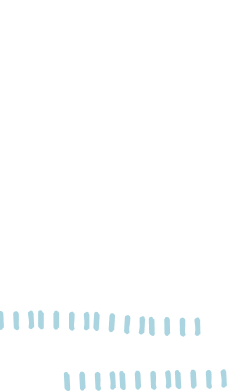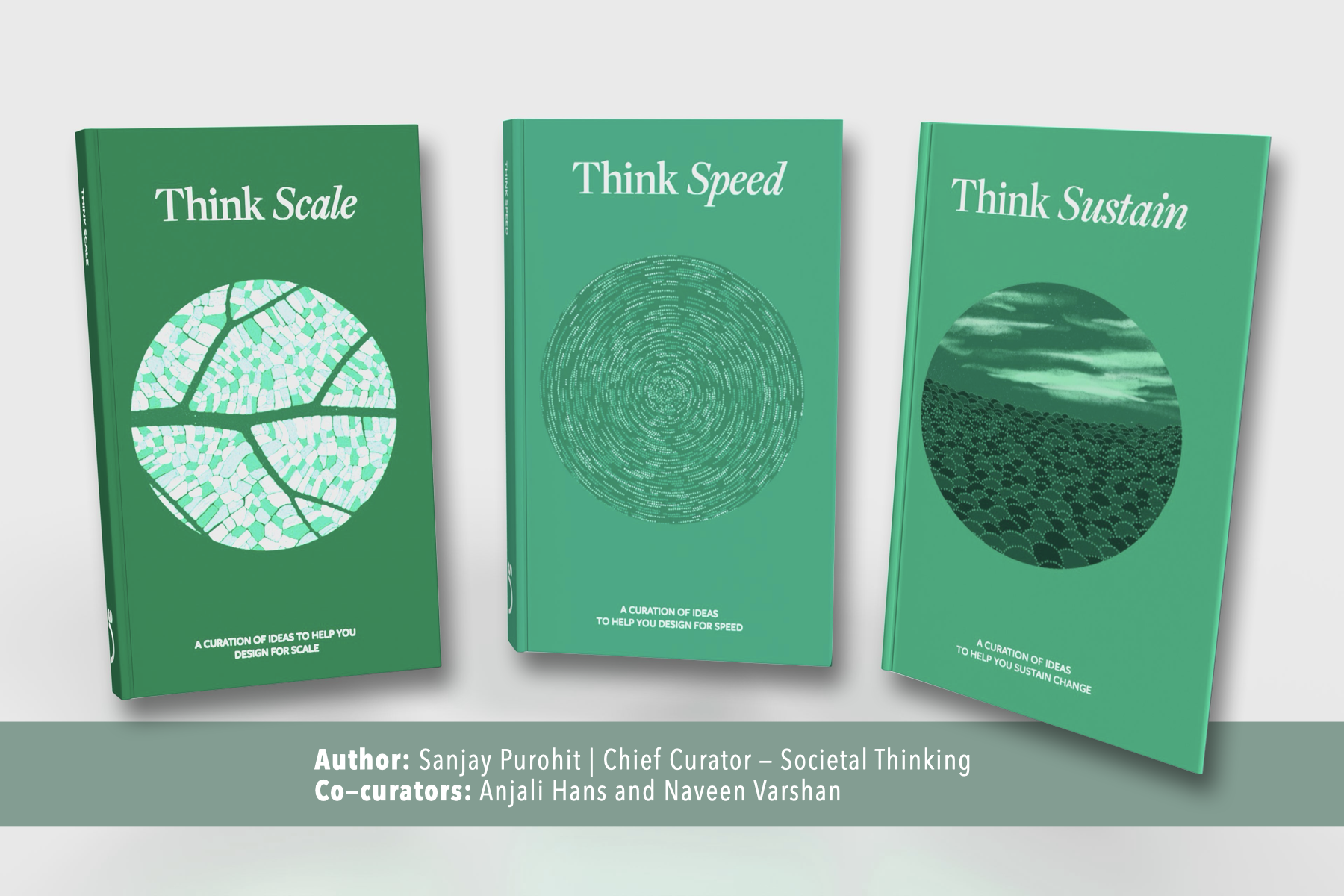When the Government of India launched the 100-day Reading Campaign in 2022, I wondered how it was able to quickly reach 139 million children under the age of 6 years, living in different geographical areas and coming from different socio-economic backgrounds. The campaign’s approach intrigued me – “making micro-improvements each day over a period of time will also lead to compounding growth and mega impact.” It reminded me of the book Atomic Habits. It talks about ‘micro-improvements’ and how they are successful because they plug into our existing habits to create irreversible change.
While I understood the theory, I wanted to see it in action – especially as a way to create change at scale, with speed and sustainably. Luckily, when I attended ShikshaLokam’s Unbundle 4.0 earlier this year, this came alive. The event centred around how micro-improvement projects (MIPs) have the potential to shift the paradigm for early childhood education.
A micro-improvement Project is designed to cause a disruptive shift in the ecosystem. It is a set of micro-improvements done in a time span towards the shared goal that makes up a micro-improvement project. All MIPs share a few characteristics:
- They cater to only one stakeholder.
- They finish within a month
- Their last step closes the loop i.e. doesn’t lead to additional iterations.
Think of this as many honeybees creating individual honeycombs and all of their efforts adding up to a big beehive. This is how I imagine a micro-improvement project. Each hexagon is a micro-improvement step, important and relevant on its own, but more importantly, adding to the creation of the beehive.
So, using the micro-improvement approach, a big goal can be treated as a set of objectives that can be further broken down into simple, relevant, doable, and visible tasks that individuals in the system can easily carry out.
Micro-improvements in Early Childhood Education
The 100-day Reading Campaign had more than 50,000 improvement projects undertaken in 26,171 schools attempting and completing the projects on DIKSHA, out of which 87% of schools uploaded evidence on the platform.
For example, if a headmaster wants to increase the usage of Teaching Learning Materials (TLMs) in a preschool with a 2-week time duration. He starts by breaking down this goal into smaller objectives that can cumulatively help him reach his goal. Some of the objectives or micro-improvement projects could be:
- Creating awareness about the importance of TLMs
- Train teachers to properly utilise TLMs
- Set up learning corners
- Leveraging technology
Let’s assume he takes the first project i.e. creating awareness. He further breaks this down to write simple, actionable and achievable steps – micro-improvements, to achieve this objective. This could look like:
- Understanding the importance of TLMs
- Plan a meeting with the teachers to share the objective
- Co-create a training plan with them
- Teacher training
- Teachers to explain the importance of TLMs to parents (to close the loop)
Now that we know what MIPs are, I wonder: How could we leverage MIPs in other domains like climate, healthcare, livelihoods and equity?
If you would like to discuss early childhood education and exponential change, write to me at sreekar@societalthinking.org.
 Back
Back


